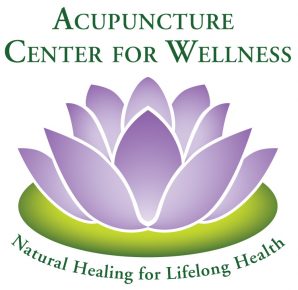Acupuncture. The very word can suggest a variety of mental images, questions and comments at any gathering. The dictionary word derivation is Latin, while the practice originated in primarily China with many off-shoots to other countries such as Japan, Thailand, and Korea, to name a few. The first writings on the subject date acupuncture back as far as 3,000 to 5,000 years ago. In the United States, we tend to think of acupuncture as strictly relating to needling and pain management. It is so much more. Let’s talk about how acupuncture works.
How Acupuncture Works: A System of Channels
Acupuncture works with a system of channels, interchangeably called pathways or meridians, where the flow of energy circulates and moves throughout our body. This movement is similar to our body’s circulatory and lymphatic systems. The biggest difference is we cannot easily see and/or measure this energy. Even in 2020, science continues to seek a way to measure this energy. The Chinese call it qi. We can however measure its effects in many ways.
This analogy may help. Can you describe gravity? We know it exists. We can measure its effects on ourselves and other objects in our world. But — can we see it?
Research and Investigation into How Acupuncture Works
Dating as far back as the 1950’s, researchers have looked at what happens when acupuncture points are stimulated by a variety of methods.
These include:
- pressure
- infrared light or heat
- laser light
- micro and milli electro current and/or magnets
Science has used a number of techniques to observe the effects of acupuncture point stimulation. Florescence dyes, MRI, PET scans, biochemical assays for protein synthesis at wound sites, and neurotransmitter (dopamine, serotonin, epinephrine, norepinephrine) changes can all highlight how acupuncture works. The research (29,313 citations) at www.pubmed.gov confirms these changes before and after an acupuncture point(s) is stimulated.
When the acupuncture system is activated changes occur that improve healing, pain management, and immune support. In 2003, the World Health Organization (WHO) and the National Institute of Health (NIH) co-authored a report listing over 40 Western diagnoses that acupuncture directly helps. They include:
- Acute and Chronic Pain
- Post-op Nausea/Vomiting/Pain
- Chemo/Radiation induced Nausea/Vomiting
- Allergic Rhinitis
- Joint Pain
- Knee Arthritis
- Headaches – Acute and Chronic
- Migraine Prevention
While this is the short list, many other conditions are helped with acupuncture. Feel free to call (984-233-5992) or send me an email with your questions about any specific conditions or challenges you are currently facing.

